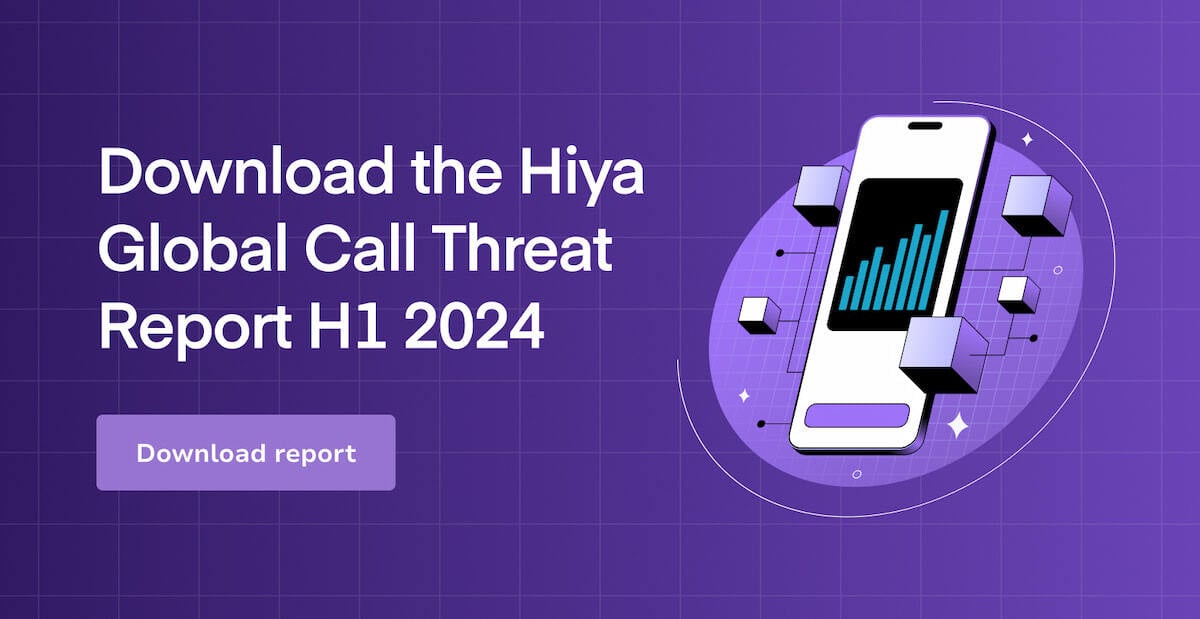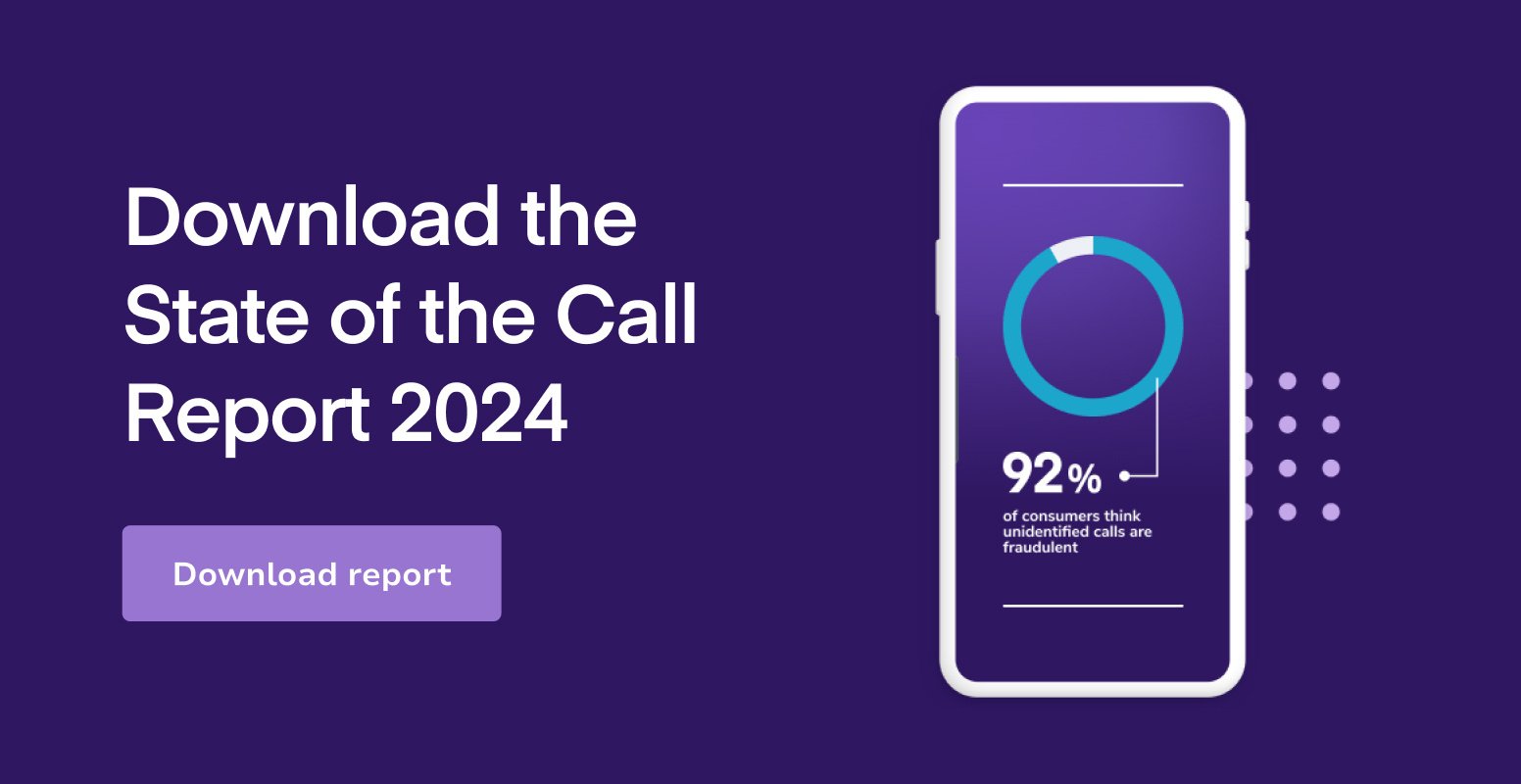
2020 put the healthcare industry front and center on the world stage. The global pandemic raised the world’s understanding of disease and created a culture that normalized staying informed and connected with medical providers. And on the front lines of the fight against COVID-19 were thousands of healthcare call center professionals.
Healthcare call centers are essential to handling the influx of hospitalizations, helping connect individuals with healthcare service providers, and scheduling appointments for vaccinations. This article addresses important healthcare call center metrics used every day by the healthcare industry.
What are Healthcare Call Centers, and How Do They Differ from Other Call Centers?
Healthcare call centers serve as the lifeline between doctors and patients, ferrying important information back and forth between the two entities. They exist to convey critical information to patients about test results, appointments, prescriptions--and more. Additionally, healthcare call centers differ from traditional call centers in three important ways:
Stricter Regulations. Federal and state regulations dictate a clear set of guidelines that healthcare call centers must follow in order to protect patients’ privacy. An agent’s ability to build trust and lasting relationships is an essential skill because patients are unlikely to cooperate with a call center agent they don’t trust. In fact, personal connection is an invaluable quality metric in healthcare call centers.
Health and Wellness. While connection is important in every industry, trust is emphasized in healthcare because every patient’s well being is mission critical. In a healthcare call center, agents regularly handle issues that have life changing implications for patients. Because calls can address difficult, time-sensitive situations for patients and their families, it is important that the phone is answered when healthcare call center agents call.
Higher Call Volumes. The majority of people in the United States (90.1%) have health insurance, and healthcare call center agents are frequently working around the clock to provide 24 hour service to patients in need.
Most Valuable Healthcare Call Center Metrics
Because healthcare call centers differ from traditional call centers, they use unique metrics to measure quality. Here is our list of the most valuable healthcare call center metrics:
- First Call Resolution
- Average Abandonment Rate
- Average Response Time
- Average Call Time
- Customer Satisfaction Rate
Let’s take a look at each of these metrics, and what impact they have on the healthcare industry.
1. First Call Resolution
This metric refers to whether or not a patient is able to have their problem solved in a single interaction with an agent. This is one of the highest quality healthcare call center benchmarks because it is a direct indicator of whether or not patients’ needs are being met. A high scoring first call resolution rate is difficult to achieve because it requires agents to be both efficient and compassionate.
2. Average Abandonment Rate
This measures the percentage of patients (or their loved ones) who hang up before they’ve been connected with an agent. A high average abandonment rate indicates that patients have become frustrated and given up on connecting with an agent because of long wait times. Do all you can to decrease this metric by first decreasing your average response time.
3. Average Response Time
This metric is closely related to abandonment rate, and refers to the average time it takes for an agent to respond to a patient’s call. It is important to measure both of these metrics because response time indicates what an agent can do to decrease the average abandonment rate (the quicker agents respond to calls, the less likely the call will be abandoned).
4. Average Call Time
Call durations are good signals of how efficiently agents are helping patients find solutions to their queries. In all call centers, a low average call time is desirable. In healthcare call centers, low call durations are most valuable if patients also feel satisfied that their needs are being met. One strategy to assess patient satisfaction is post-call surveys.
5. Customer Satisfaction Rate
Of all the healthcare call center industry benchmarks, this is the only one reported by the patient instead of the call center. Usually this is measured by using a post-call survey to collect feedback about the patient’s experience. This metric is valuable because it provides the most accurate measurement to gauge an agent’s ability to deliver compassionate customer service. It also helps call centers identify potential improvement opportunities.
What Goals Do they Achieve?
In healthcare, call center agents have a direct impact on the organization’s overall cost. For example, missed appointments cost the U.S. healthcare system an estimated $150 billion each year. The better job a healthcare call center does at connecting with and satisfying patients’ needs, the lower this figure drops.
These five healthcare call center metrics provide call centers with the insights they need to increase their patient satisfaction and retention rates. Keep a close eye on each of these metrics so you can make informed decisions on how to improve your call performance.
Download our healthcare case study to see the impact that Hiya Connect has on businesses like yours.




